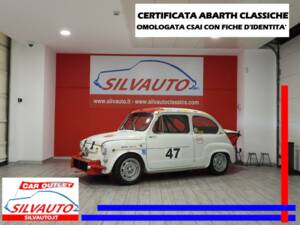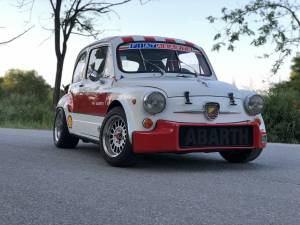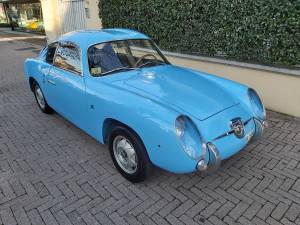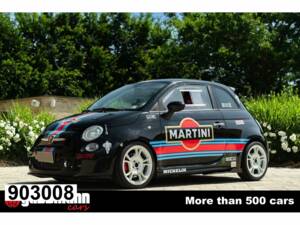- Car
- Abarth (16 offers)
Abarth Classic Cars for Sale
Abarth stands for pure motorsport spirit and technical innovation. Founded in 1949 in Turin by Carlo Abarth, the brand is famous for its tuned, lightweight performance cars, unmistakable scorpion badge, and a record of over 10,000 race victories. From nimble Fiat-based saloons to striking race cars, Abarth shaped automotive history with distinctive engineering and style.
Search results
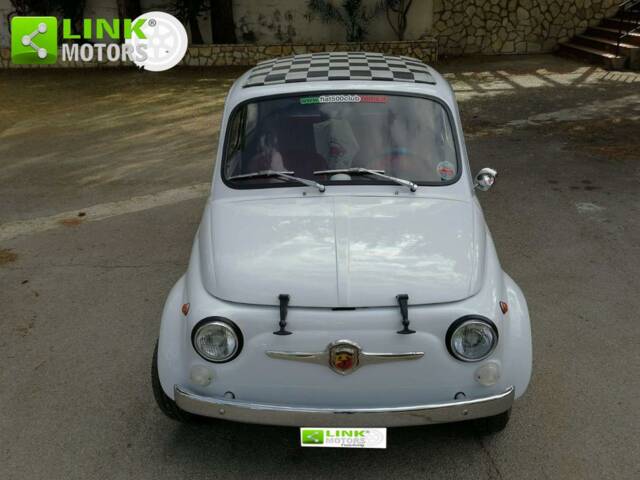

1963 | Abarth Fiat 1000 TC
ABARTH FIAT 1000 TC – CERTIFICATA ABARTH CLASSICHE – ISCRITTA E OMOLOGATA CSAI CON FICHE D’IDENTITA’ – ECCELSE CONDIZIONI – SUPERPREZZO (1963)
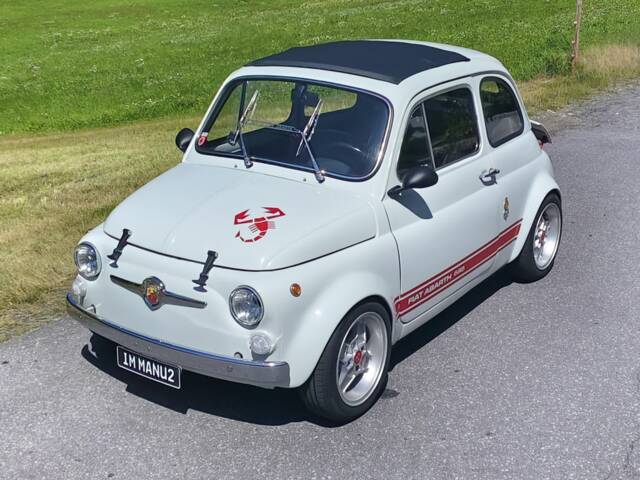
1971 | Abarth 695 SS
Fiat Abarth 695 SS replica | 1971 | Route 66 Auctions - For sale by auction. Estimate 10500 EUR
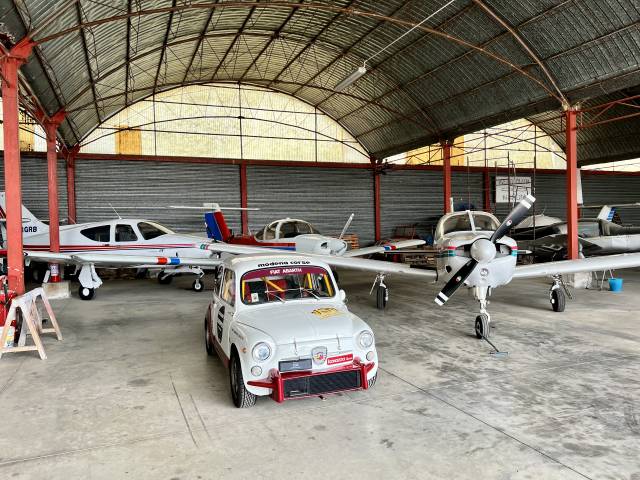

1968 | Abarth Fiat 850 TC
REPLICA NURBURGRING PREPARATA PER LE CORSE
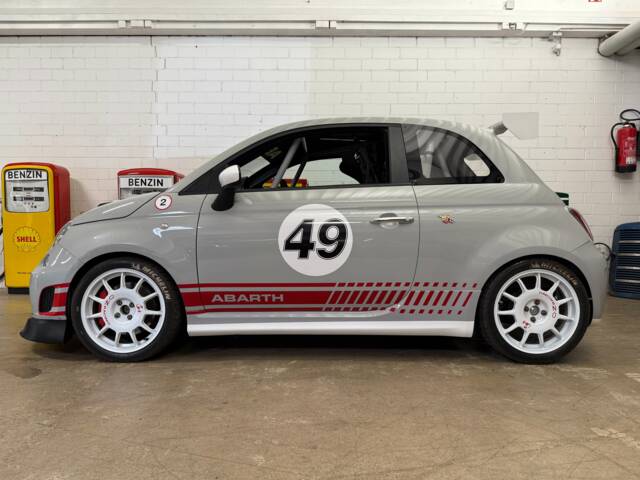
2025 | Abarth 500 Assetto Corse
Abarth 500 Assetto Corse Neuwagen
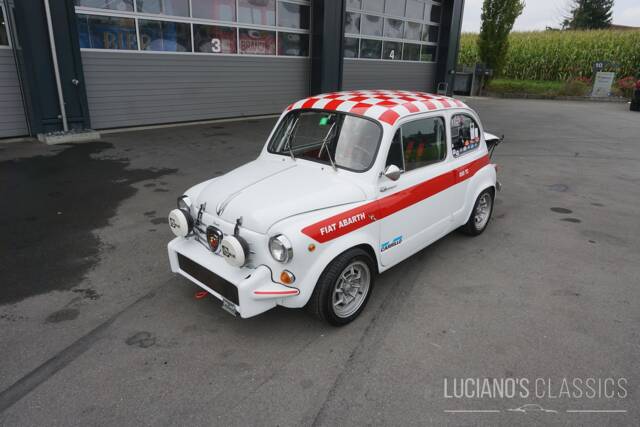
1964 | Abarth Fiat 850 TC
Kleiner Motor, grosser Mythos: Der Abarth 850 T.C. ist pure Leidenschaft im Format eines David-gegen-Goliath.

1958 | Abarth Fiat 750 Zagato GT
Abarth Fiat 750 Zagato GT Doppia Gobba (1958)
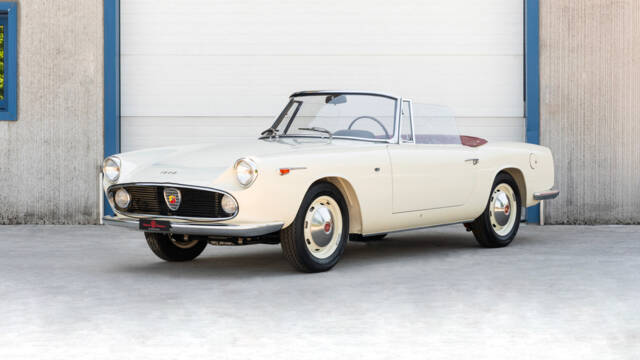
1959 | Abarth 1600 Spider Allemano
Nut and Bolt Restored

2012 | Abarth 595 Cabrio Italia
Cabrio Italia das perfekte Abarth Sammlerstück 150 Exemplare - Ready to Go.

2013 | Abarth 695 Assetto Corse Evoluzione
Assetto Corse / 1 von 5 Stk. Straßenzulassung
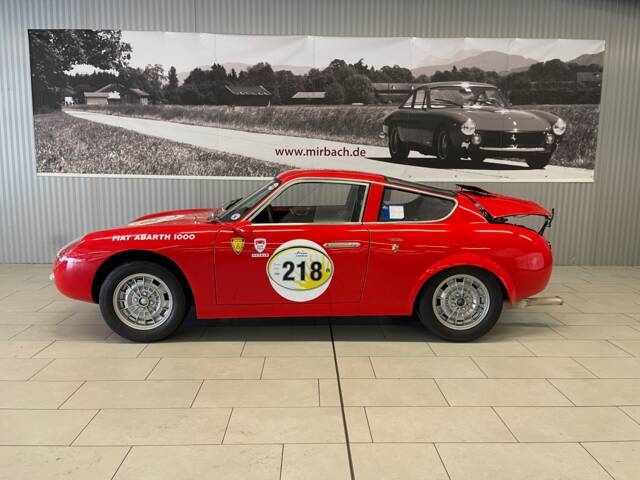
1962 | Abarth Fiat 1000 GT Bialbero
1000 GT (Bialbero GT) Longnose

2009 | Abarth 500
Abarth 500 Martini Racing
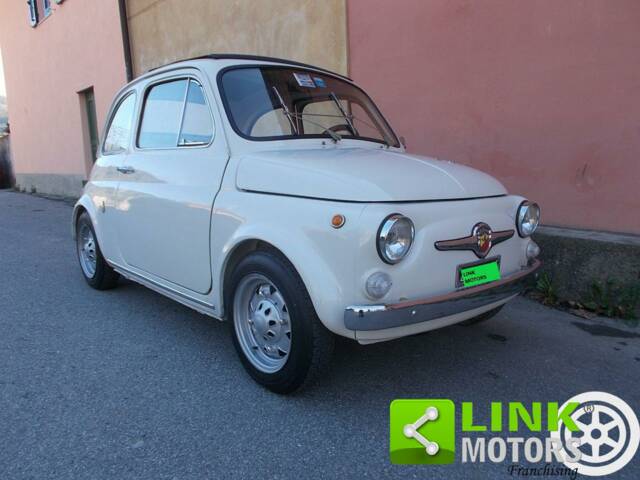
1966 | Abarth Fiat 595
ABARTH 595 110F
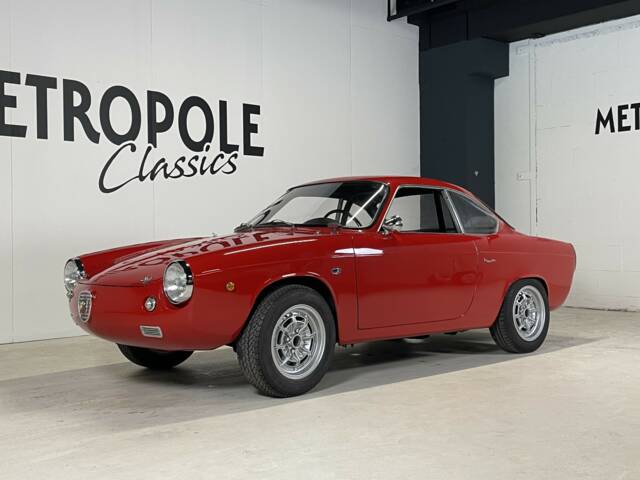
1959 | Abarth 850 Scorpione Allemano
Abarth 850 Allemano Coupé M0654
History of Abarth
Abarth & C. S.p.A. was established by Carlo Abarth in 1949 in Turin, Italy, and immediately gained attention with performance-oriented modifications of small production cars. The scorpion logo, referencing Carlo's zodiac sign, quickly became synonymous with Italian motorsport. Early successes with models like the Cisitalia-Abarth 204 laid the foundation for a close relationship with Fiat, leading to a series of high-performance, competition-ready vehicles. The company split its focus on tuning road-going cars and building racing machines, achieving over 10,000 race wins, ten world records, and more than 133 international records. In 1971, the Abarth brand and its operations became part of Fiat, further cementing its reputation as Fiat's performance and rally division.
Model History
Abarth made its mark by transforming existing Fiat models into track and rally competitors. Early milestones include the Fiat Abarth 750, which dominated its class across Europe and set multiple endurance records. 1958 brought the iconic Fiat 500 Abarth, celebrated by enthusiasts for its affordability and tunability. Throughout the 1960s, Abarth developed new models for emerging racing classes: notable lines include the 850TC, 695/595, 1000OT, and powerful derivatives such as the 2000 Sport Spider. As the 1970s arrived, Abarth became an official performance arm of Fiat, influencing rally and road models like the Fiat 124 Abarth. Recent decades have seen a resurgence of the badge with the 595, 695, and models like the 124 Spider, carrying forward the heritage with modern technology.
Highlights and Unique Features
Abarth models are defined by their remarkable engineering choices—lightweight bodies constructed from aluminium, steel, or fibreglass, paired with engines ranging from compact two-cylinder air-cooled units to high-strung inline-fours and twin-cam designs. Many renowned models, such as the OT 2000 Periscopio and 750 GT Zagato, boast innovative solutions like periscope air intakes, exposed rear deck lids for cooling, and magnesium wheels. The company's exhaust systems and performance kits drove not only sales to racing customers, but also to private owners seeking to transform modest Fiats into performance machines. Original Abarth vehicles are rare due to numerous replicas and conversions, making documented examples especially valuable.
Technical Data
Special Editions and Collectible Models
Abarth's history is rich with limited runs and exceptionally tuned versions—from the 695 Edizione Maserati and Opening Edition models, to unique 'Fuori Serie' vehicles. Race specials such as the OT 2000 Periscopio, 1000 Bialbero Record Monza, and Formula Abarth 2000 have gained cult status. Rarer still are one-offs and homologation specials built for track competition, often combining the most advanced lightweight construction and engine technology of their time. Modern interpretations like the 124 Spider Abarth and high-spec 595C Cabrio continue this legacy with exclusive design elements, superior equipment, and heightened performance focus.
Engine, Transmission and Driving Dynamics
Abarth cars are engineered with motorsport at the core. The hallmark is a lively, responsive driving experience—delivered by small, high-revving engines, sports suspensions, and lightweight setups. Most classics employ either a transverse four-cylinder or in some cases, an inline-twin, with extensive modifications to boost output. For example, the 695 SS Assetto Corse features a unique radial cylinder head, widened arches, and magnesium wheels, while models like the 850TC and 1000TC built on Fiat 600 or 850 chassis dominated European touring and endurance races. These cars set benchmarks for agility and pace in their era, thanks to innovative use of materials, short gearing, disc brakes, light alloy wheels, and competition-grade differential setups. - 595 (19.6% supply, 25% demand): Compact, responsive, and a reference for Abarth power-to-weight engineering.
- 500 (19.4% supply, 4.8% demand): Popular platform for both modified classics and original race derivatives.
- 850/1000 (17.4%/10.7% supply, 16.1%/18.4% demand): Strong touring and racing history, proven on circuits like the Nürburgring.
- OT, 750, 695: Race-bred derivatives with distinct body modifications and rare features, much sought after in collections.
Interior, Equipment, Styling and Accessories
Abarth interiors fuse competition essentials with Italian flair: bucket or sports seats (often by Cobra or Simca Rallye), three-point or four-point harnesses, purpose-designed dashboards with additional Jaeger or Veglia Borletti instruments, and Abarth, Nardi, or Personal steering wheels. Externally, Abarths stand out with flared wheel arches, open rear decks for cooling, riveted lightweight panels, and details such as plexiglass windows and radar intakes on racing models. Finish options include exclusive paint colours—Bordeaux, Enzian Blue, Grigio Pista, and others—along with chrome, carbon fibre, and magnesium accents. Modern models may carry features like high-end leather upholstery, digital navigation, hi-fi systems, and bespoke individualisation.
Other Features and Information
Many classic Abarth cars today hold documentation from historical registers and may carry ASI (Automotoclub Storico Italiano) certifications and originality certificates—important for vehicle valuation. Numerous examples participate in historic racing, Concours d’Elegance, and specialised classic car rallies. Originals are increasingly rare, so provenance and expert authentication are essential for collectors considering investment.
Summary
Abarth represents pure automotive passion—from innovative engineering through race-tested performance to expressive, purposeful design. The brand's classics deliver a uniquely Italian blend of technology, motorsport DNA, and collectability. With high demand for rare, well-documented models and many still thrilling crowds at historic racing events, Abarth remains a touchstone for enthusiasts who value character, history, and pure driving focus.

